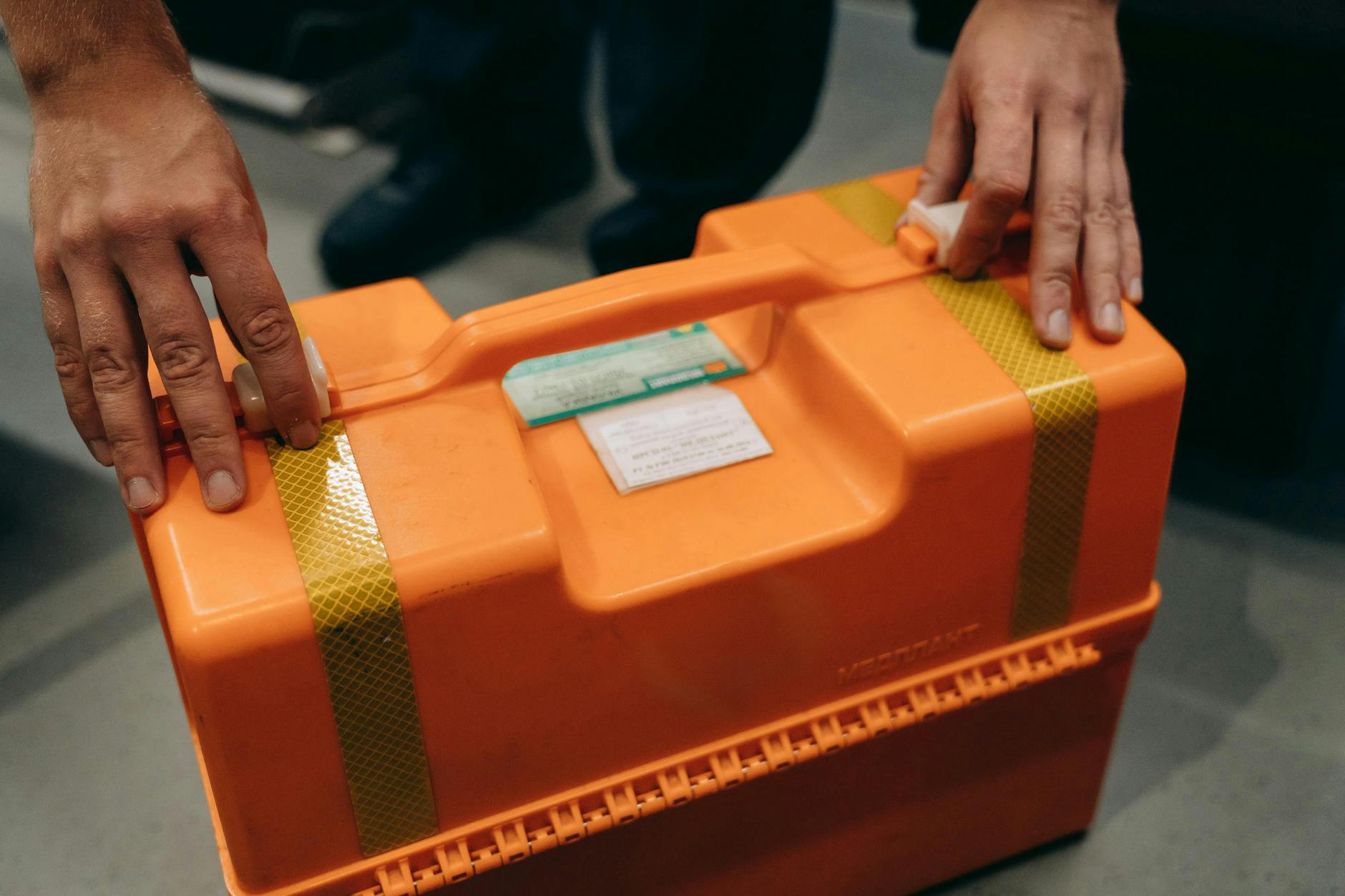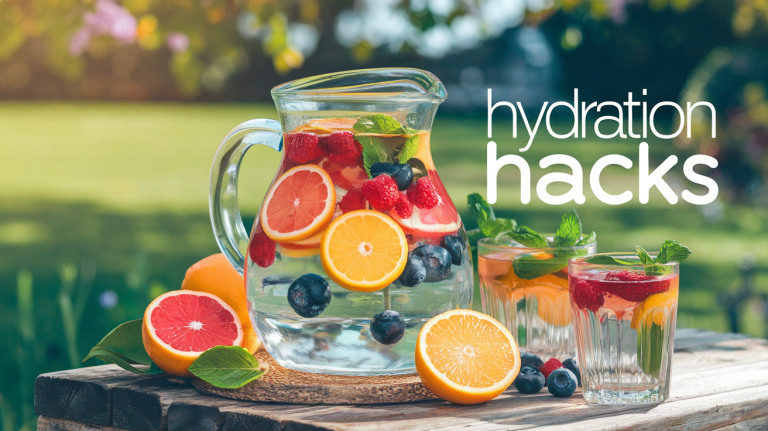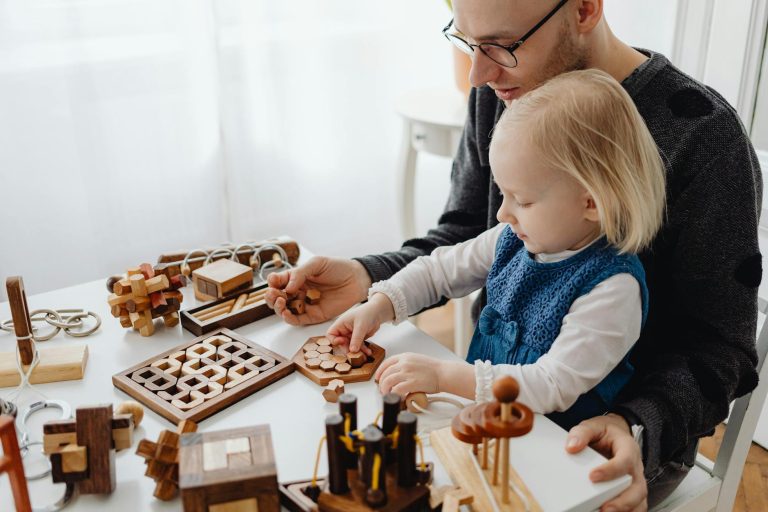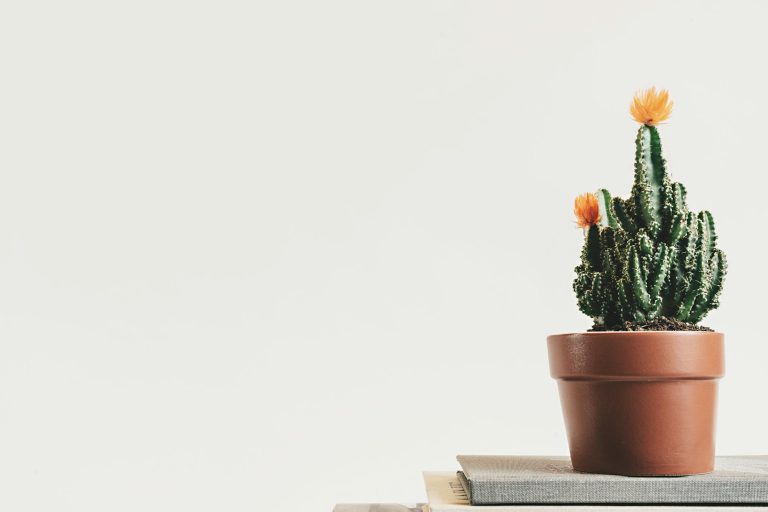First Aid Kit Essentials: What Every Home Should Have
Are you prepared for a medical emergency at home? 🚑 Imagine a loved one suddenly cuts themselves while cooking or your child falls and scrapes their knee. In these crucial moments, having a well-stocked first aid kit can make all the difference between panic and confident action.
Many households lack essential medical supplies, leaving them vulnerable when accidents strike. A comprehensive first aid kit isn’t just a collection of bandages—it’s your first line of defense against minor injuries and a critical tool in managing more serious situations until professional help arrives. But what exactly should your kit contain, and how can you ensure it’s always ready when you need it most?
In this blog post, we’ll explore the must-have items for every home first aid kit, from basic bandages to specialized equipment. We’ll guide you through treating common injuries, customizing your kit for specific needs, and maintaining your supplies. Whether you’re building your first kit or upgrading an existing one, we’ve got you covered with practical tips and budget-friendly options. Let’s dive in and empower you to create a first aid kit that could potentially save a life! 💪🏥
Essential First Aid Kit Components
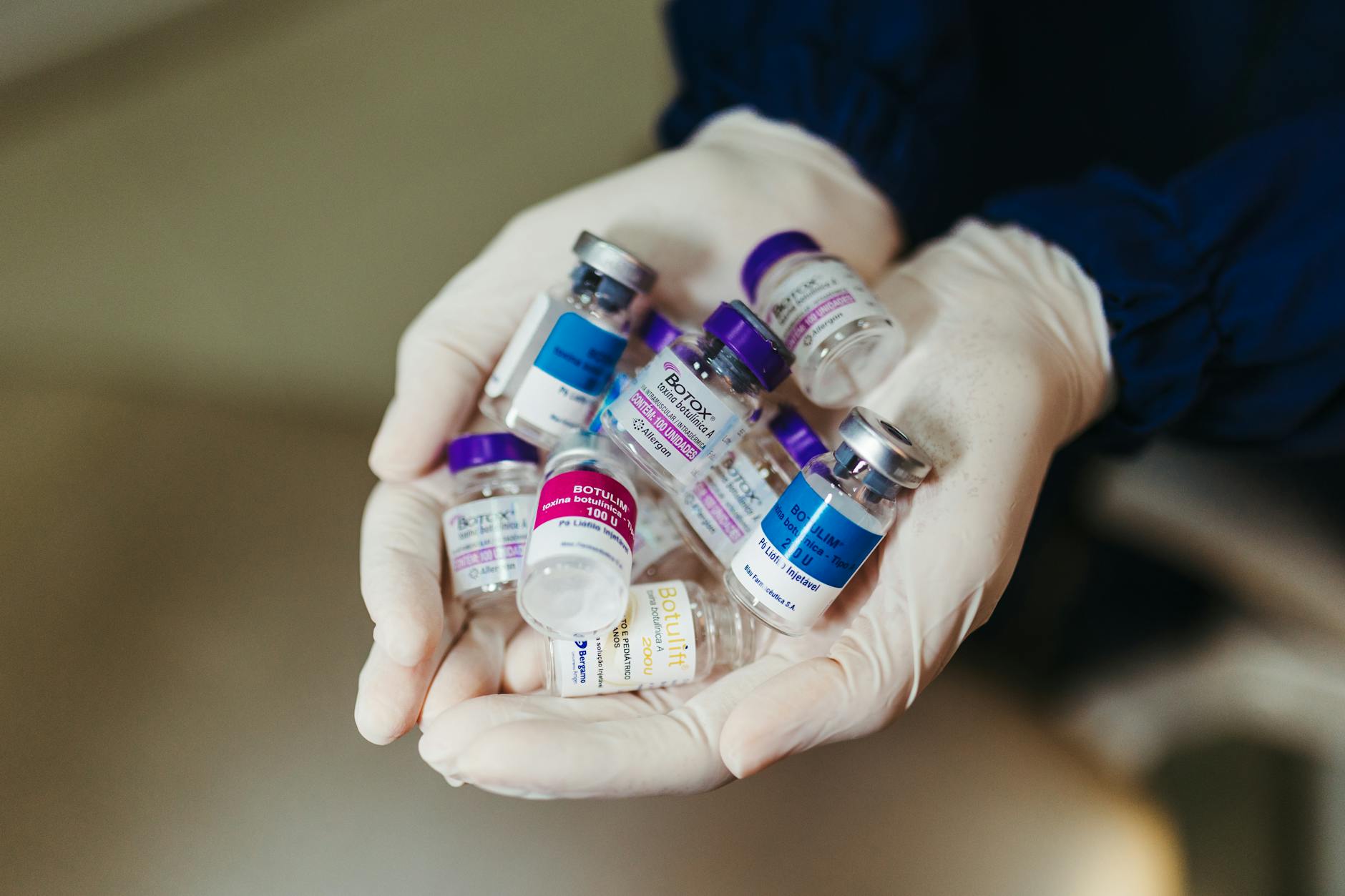
A. Wound care supplies
When it comes to treating injuries, wound care supplies are the backbone of any first aid kit. Here’s a list of essential items:
- Adhesive bandages (various sizes)
- Sterile gauze pads
- Medical tape
- Elastic bandage wrap
- Triangular bandage
- Antiseptic wipes or solution
- Antibiotic ointment
To ensure you’re prepared for different scenarios, consider this comparison of wound care supplies:
| Item | Use Case | Importance |
|---|---|---|
| Adhesive bandages | Minor cuts and scrapes | High |
| Sterile gauze pads | Larger wounds, burns | High |
| Medical tape | Securing gauze and dressings | Medium |
| Elastic bandage wrap | Sprains, swelling | Medium |
| Triangular bandage | Arm sling, pressure dressing | Medium |
| Antiseptic wipes | Cleaning wounds | High |
| Antibiotic ointment | Preventing infection | Medium |
B. Pain relief and fever reducers
No first aid kit is complete without medications to manage pain and reduce fever. Essential items include:
- Acetaminophen (Tylenol)
- Ibuprofen (Advil, Motrin)
- Aspirin (for adults only)
C. Emergency tools
Having the right tools can make a significant difference in emergency situations. Include these items:
- Scissors (for cutting bandages or clothing)
- Tweezers (for splinter removal)
- Digital thermometer
- Disposable gloves
D. Personal protective equipment
Protecting yourself while administering first aid is crucial. Ensure your kit contains:
- Face mask
- Safety goggles or eye shield
- Hand sanitizer
With these components in place, your first aid kit will be well-equipped to handle a variety of common emergencies. Next, we’ll explore how to use these supplies effectively when treating common injuries.
Treating Common Injuries

A. Cuts and scrapes
When dealing with cuts and scrapes, it’s crucial to act quickly to prevent infection and promote healing. Start by cleaning the wound with mild soap and water or an antiseptic solution. For deeper cuts, apply direct pressure with a clean cloth to stop bleeding. Once cleaned, apply an antibiotic ointment and cover with a sterile adhesive bandage or gauze.
| Severity | Treatment |
|---|---|
| Minor | Clean, antibiotic ointment, bandage |
| Moderate | Clean, pressure, ointment, sterile dressing |
| Severe | Seek medical attention immediately |
B. Burns
The treatment for burns depends on their severity:
- First-degree burns: Cool the area with cold water for 10-20 minutes, then apply aloe vera or burn cream.
- Second-degree burns: Follow the same steps as first-degree burns, but cover with a sterile, non-stick bandage.
- Third-degree burns: Seek immediate medical attention.
C. Sprains and strains
Remember the RICE method for sprains and strains:
- Rest: Avoid using the injured area
- Ice: Apply cold packs for 15-20 minutes every 2-3 hours
- Compression: Use an elastic bandage to reduce swelling
- Elevation: Keep the injured limb above heart level
D. Allergic reactions
For mild allergic reactions, antihistamines can provide relief. However, for severe reactions or anaphylaxis, an epinephrine auto-injector (EpiPen) may be necessary. Always seek medical attention for serious allergic reactions.
E. Insect bites and stings
To treat insect bites and stings:
- Remove the stinger if present
- Clean the area with soap and water
- Apply a cold compress to reduce swelling
- Use calamine lotion or hydrocortisone cream for itching
For more severe reactions, antihistamines or medical attention may be required.
Now that we’ve covered treating common injuries, let’s explore some specialized items you might want to include in your first aid kit for specific needs.
Specialized Items for Specific Needs
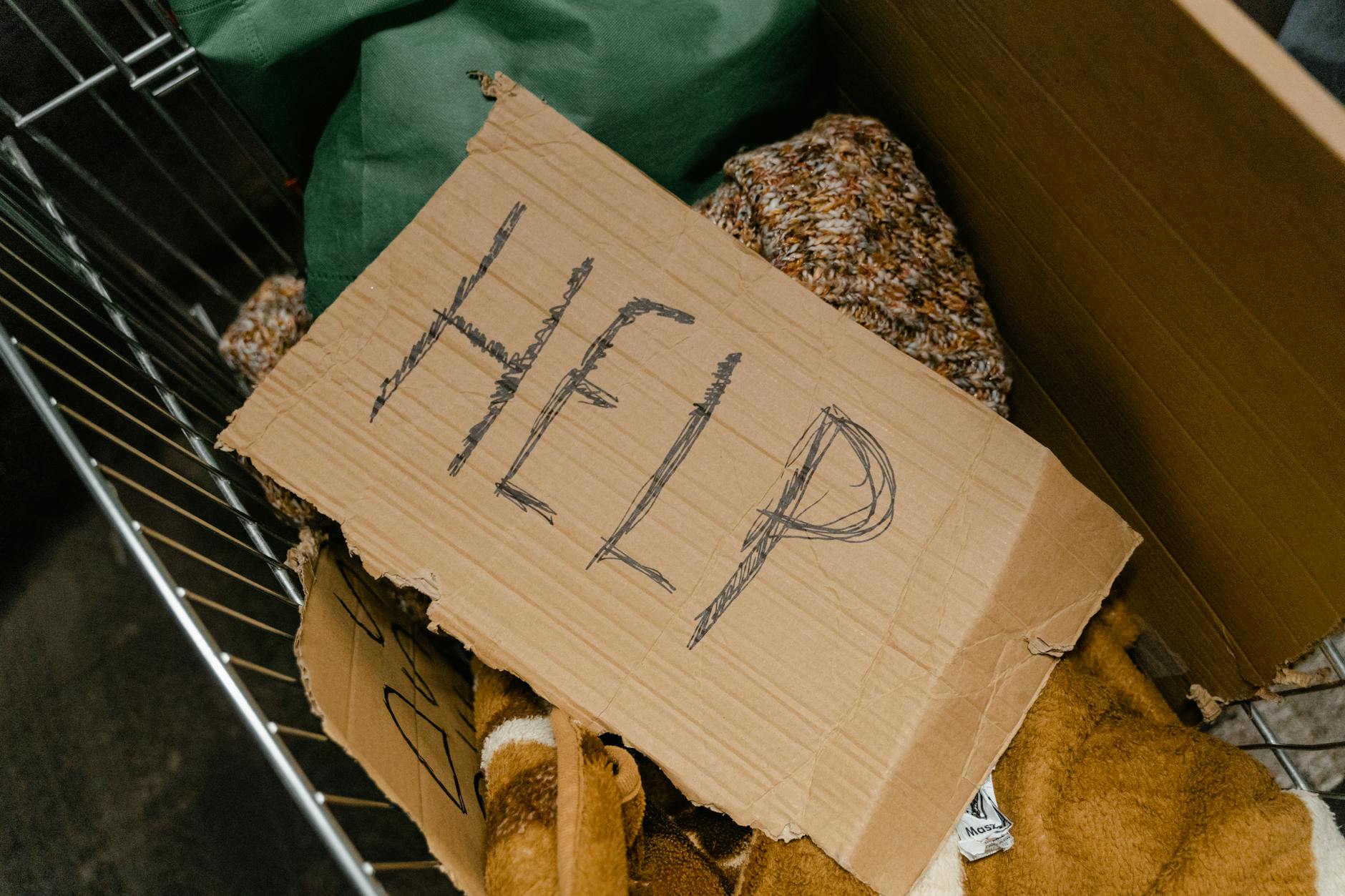
A. Prescription medications
When assembling a specialized first aid kit, it’s crucial to include any prescription medications that family members regularly take. Create a list of all essential medications, including dosages and administration instructions. Consider keeping a 7-day supply of each medication in your kit, rotating them regularly to ensure freshness.
| Medication Type | Examples | Considerations |
|---|---|---|
| Chronic conditions | Insulin, blood pressure meds | Store properly, check expiration dates |
| Allergies | EpiPens, antihistamines | Keep multiple doses if possible |
| Pain management | Prescribed painkillers | Secure storage, limited quantities |
B. Infant and child-specific supplies
Parents should customize their first aid kits to include items specifically designed for infants and children. These specialized supplies ensure proper care for younger family members during emergencies.
- Pediatric dosage charts for common medications
- Infant/child-sized bandages and dressings
- Oral rehydration solutions
- Digital thermometer with flexible tip
- Nasal aspirator
- Diaper rash cream
C. Pet first aid essentials
For pet owners, including first aid items for their furry friends is essential. A pet-specific section in your kit can help address common pet emergencies.
- Pet-safe antiseptic wipes
- Self-adhering bandage wrap
- Styptic powder for nail injuries
- Tick removal tool
- Pet-specific antihistamines (consult your vet)
- Copies of pet vaccination records
By including these specialized items, your first aid kit becomes a comprehensive resource tailored to your family’s unique needs, including those of your youngest members and beloved pets. Remember to regularly review and update these supplies to ensure they remain current and effective.
Proper Storage and Maintenance
Choosing the right container
When it comes to storing your first aid supplies, the container you choose plays a crucial role in keeping everything organized and accessible. Opt for a sturdy, water-resistant container with a secure latch to protect your supplies from moisture and dust. Consider these options:
- Plastic tackle boxes
- Waterproof dry boxes
- Dedicated first aid kits with compartments
| Container Type | Pros | Cons |
|---|---|---|
| Plastic tackle box | Compartmentalized, affordable | May not be water-resistant |
| Waterproof dry box | Excellent protection, durable | Limited compartments |
| Dedicated first aid kit | Purpose-built, organized | Can be more expensive |
Ideal storage locations
Storing your first aid kit in the right place ensures quick access during emergencies. Consider these locations:
- Kitchen: Central and easily accessible
- Near the main entrance: Convenient for both indoor and outdoor incidents
- Bathroom: Often the site of minor accidents
- Car: For on-the-go emergencies
Regular inventory checks
Maintaining your first aid kit is as important as having one. Schedule regular checks to:
- Replace expired items
- Replenish used supplies
- Update contents based on changing needs
Create a checklist and set reminders every 3-6 months to ensure your kit remains fully stocked and ready for use. This proactive approach can make a significant difference when emergencies strike.
Building Your Kit on a Budget
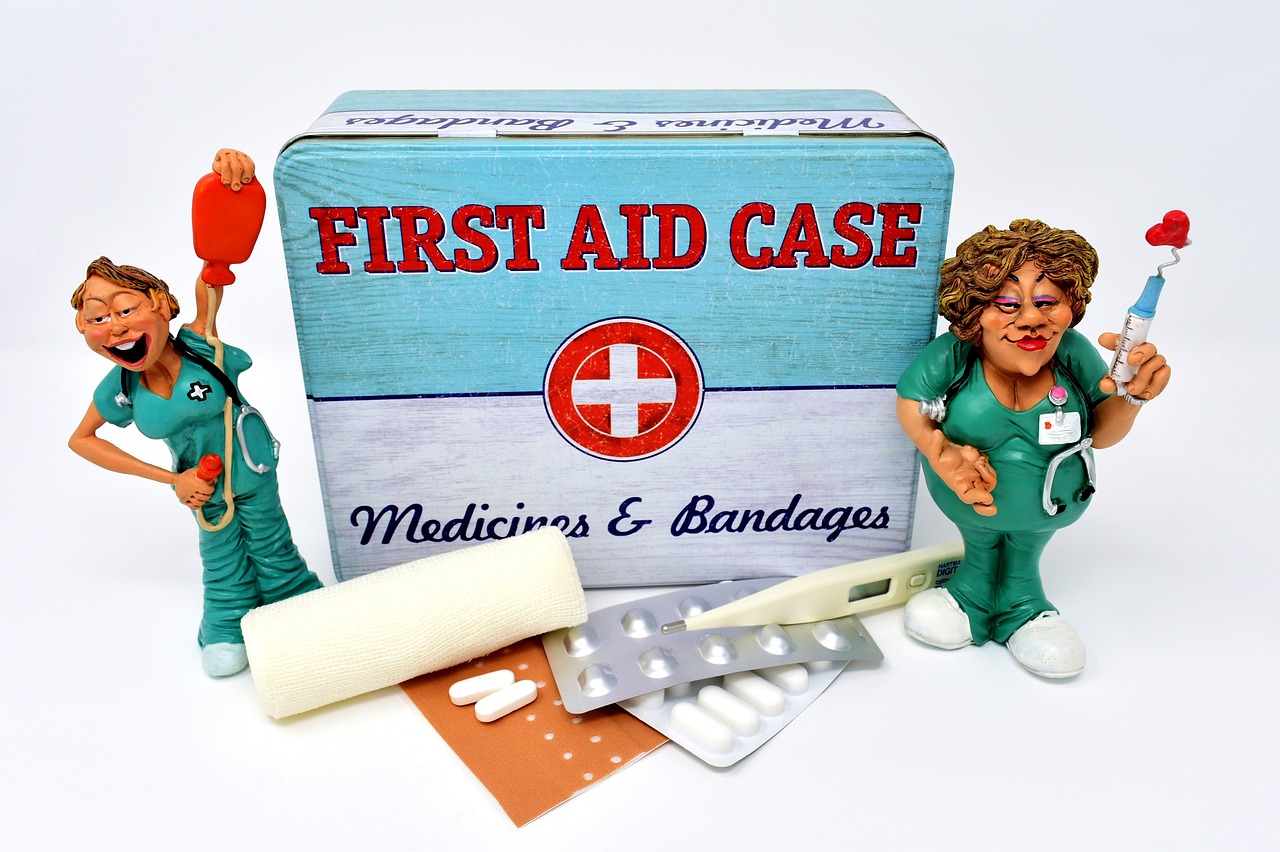
Prioritizing essential items
When building a first aid kit on a budget, it’s crucial to focus on the most important items first. Start with these core components:
- Adhesive bandages (various sizes)
- Gauze pads and rolls
- Antiseptic wipes
- Tweezers
- Scissors
- Disposable gloves
- Pain relievers (e.g., acetaminophen, ibuprofen)
| Priority | Item | Purpose |
|---|---|---|
| High | Adhesive bandages | Cover minor cuts and scrapes |
| High | Antiseptic wipes | Clean wounds |
| Medium | Tweezers | Remove splinters or debris |
| Low | Scissors | Cut tape or clothing |
Cost-effective alternatives
To save money without compromising quality, consider these budget-friendly options:
- Use clean cotton cloth instead of expensive sterile gauze
- Opt for generic medications rather than brand names
- Create ice packs using zipper bags and frozen vegetables
- Substitute saline solution with a homemade mix of salt and water
Gradual kit expansion
As your budget allows, gradually add these items to enhance your kit:
- Elastic bandage wrap
- Instant cold/hot packs
- Burn gel
- CPR face shield
- Emergency blanket
Remember, a basic kit with essential items is better than no kit at all. Start small and expand over time to ensure you’re always prepared for common emergencies without breaking the bank.
Beyond the Basics: Advanced Preparedness
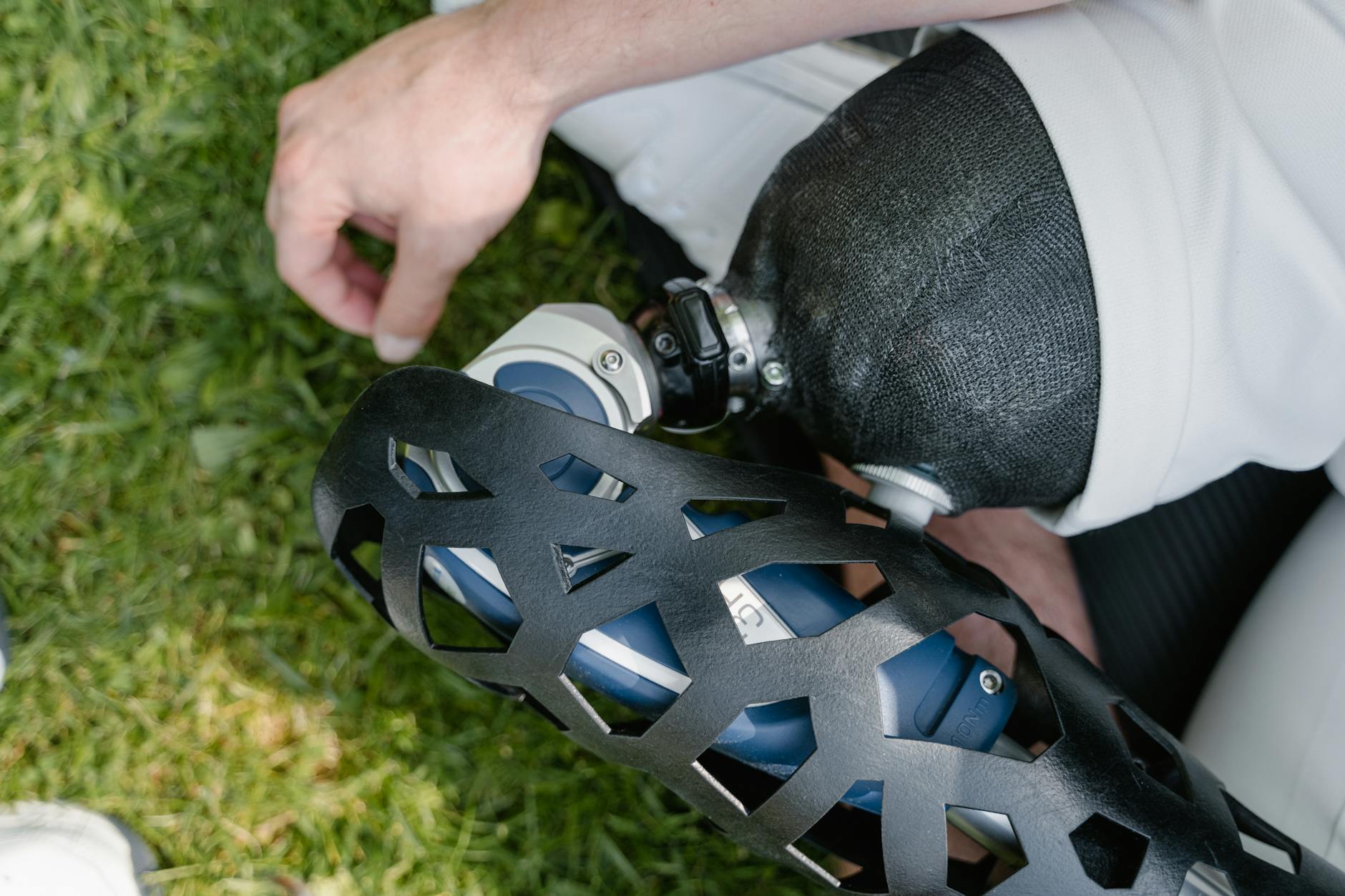
CPR mask and barrier devices
When it comes to advanced preparedness, a CPR mask and barrier devices are crucial additions to your first aid kit. These items provide an extra layer of protection during emergency resuscitation efforts.
| Item | Purpose | Benefits |
|---|---|---|
| CPR mask | Mouth-to-mouth resuscitation | Reduces risk of disease transmission |
| Face shield | Barrier for rescue breathing | Compact and easy to carry |
| Pocket mask | Professional-grade CPR aid | Allows for more effective ventilation |
Always ensure you’re trained in proper CPR techniques before attempting to use these devices.
Emergency blankets
Emergency blankets, also known as space blankets, are lightweight, compact, and incredibly versatile. They serve multiple purposes in emergency situations:
- Retain body heat in cold environments
- Provide shade in hot conditions
- Signal for help with their reflective surface
- Create an improvised shelter
Keep at least two emergency blankets in your advanced first aid kit for unexpected situations.
Instant cold and heat packs
These portable packs provide immediate temperature therapy for various injuries:
- Cold packs: Reduce swelling and numb pain for sprains, strains, and bruises
- Heat packs: Alleviate muscle aches and improve circulation
Having both types on hand allows you to address a wider range of emergencies effectively.
Splinting materials
Proper splinting can prevent further injury and reduce pain during transport. Include the following in your kit:
- SAM splints (moldable aluminum/foam splints)
- Triangular bandages
- Elastic wrap bandages
- Tongue depressors (for finger splints)
With these advanced items, your first aid kit will be better equipped to handle more serious emergencies. Remember to familiarize yourself with the proper use of each item and consider taking a comprehensive first aid course to maximize your preparedness.
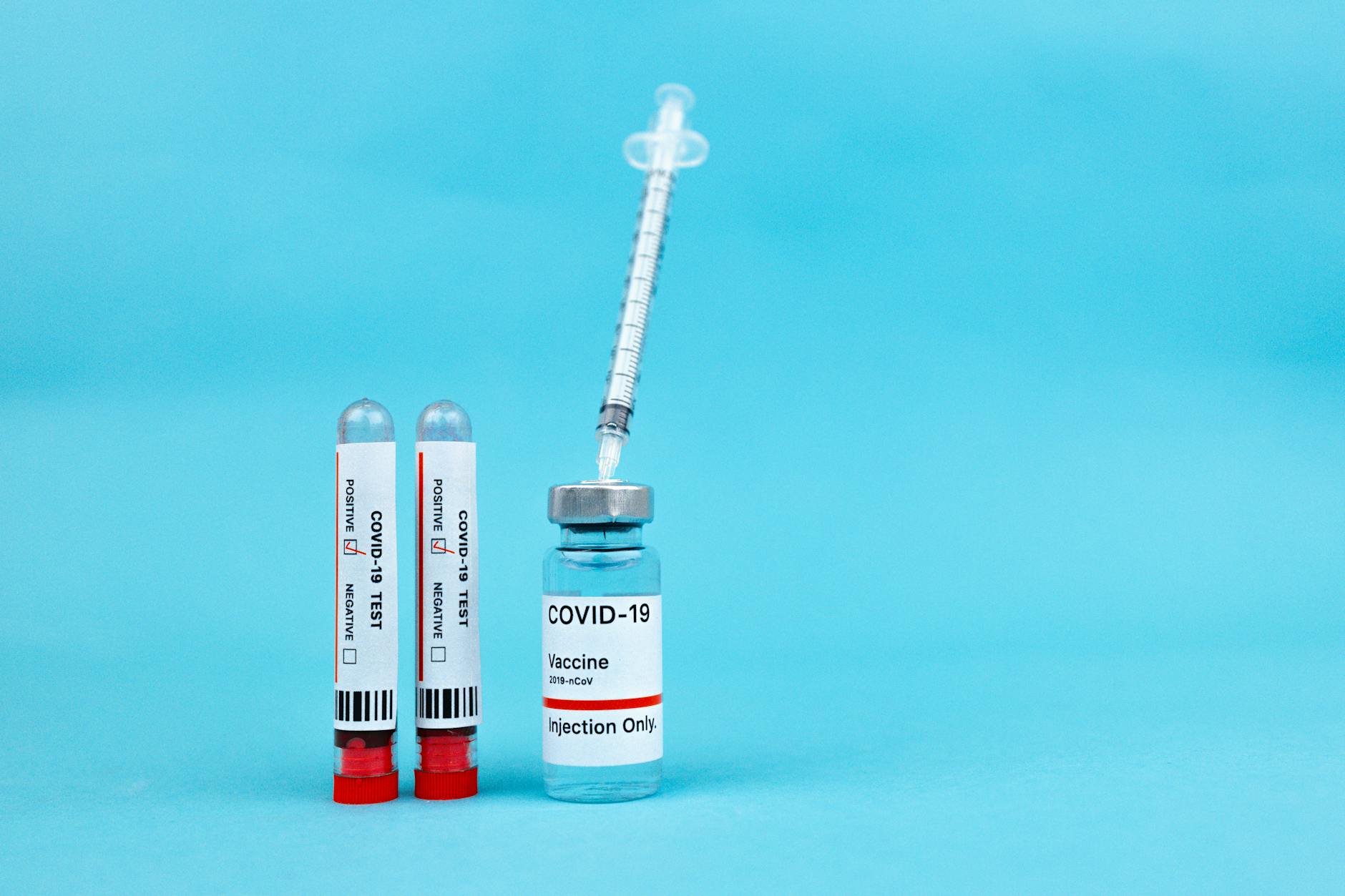
A well-stocked first aid kit is an indispensable resource for every home, providing the tools needed to address a wide range of injuries and medical emergencies. From essential components like bandages and antiseptics to specialized items tailored to specific needs, a comprehensive kit empowers you to respond swiftly and effectively when accidents occur. Proper storage, regular maintenance, and budget-friendly options ensure that your kit remains accessible and up-to-date.
Remember, a first aid kit is just the beginning of your emergency preparedness journey. By expanding your knowledge through first aid training and considering advanced preparedness measures, you’ll be better equipped to handle unexpected situations. Take the time to assess your household’s unique needs and create a personalized first aid kit that provides peace of mind and protection for you and your loved ones.

